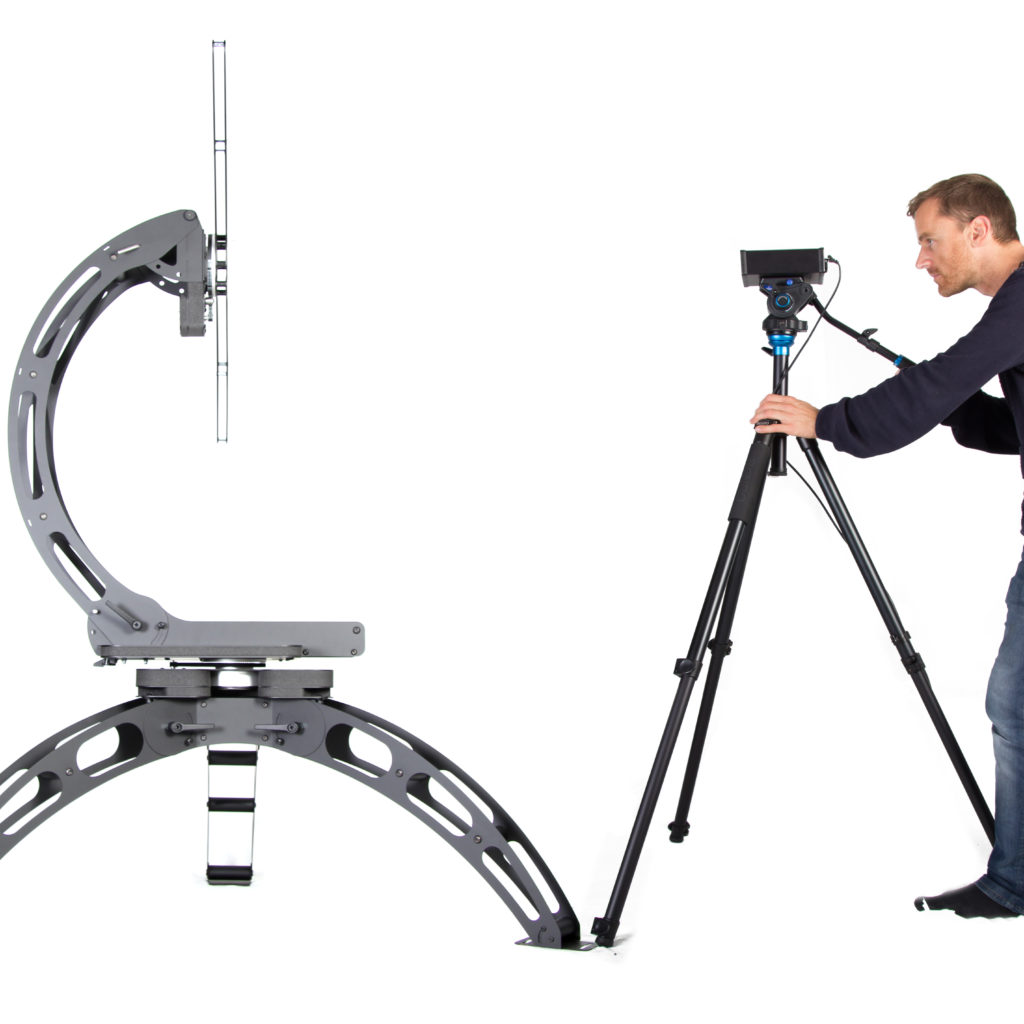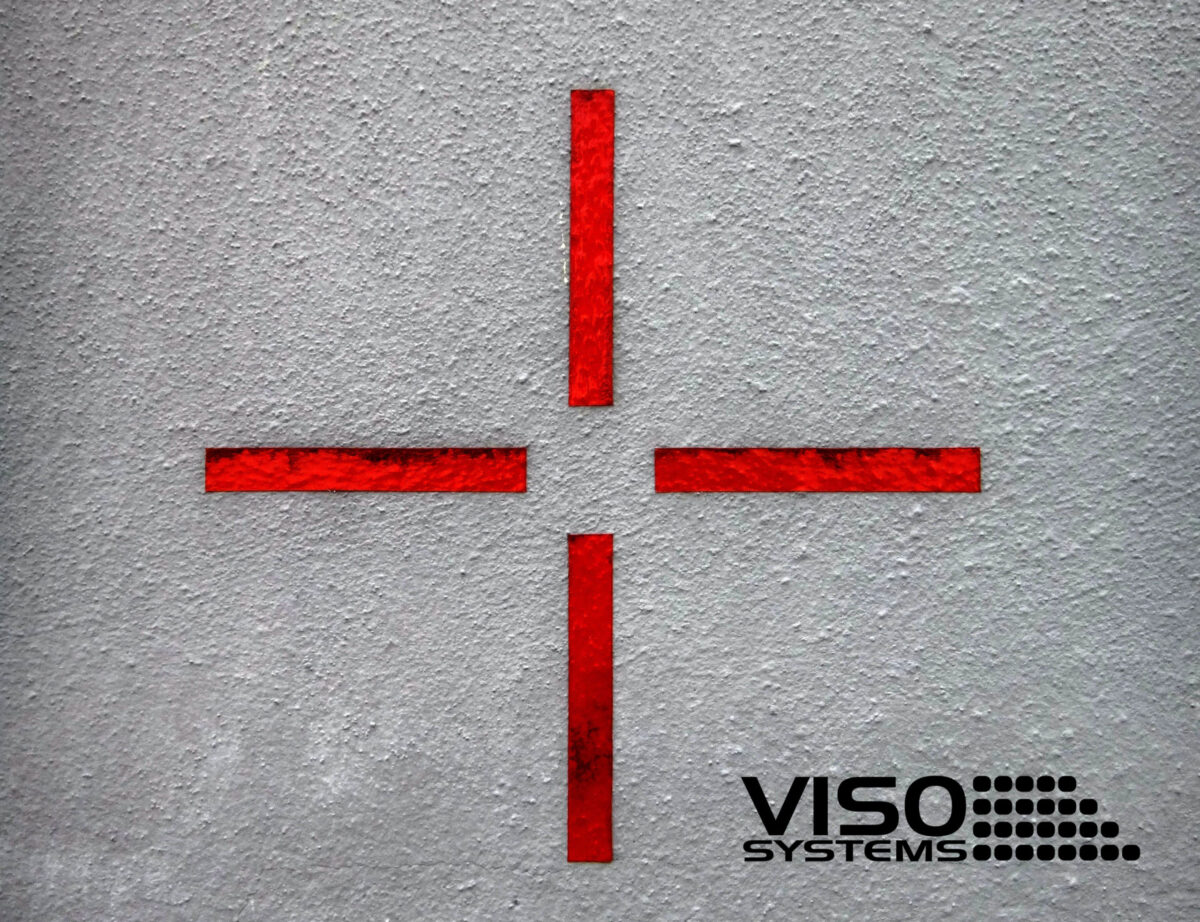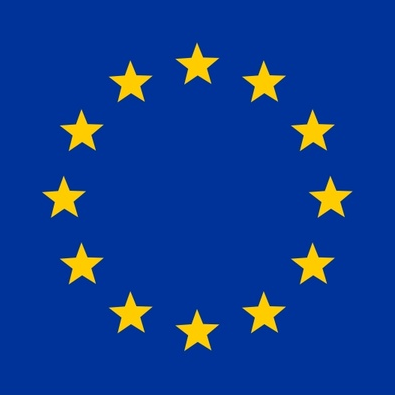A giant international interlaboratory comparison, IC2017, including 37 light measurement laboratories in 18 countries was conducted in 2017 through 2019*. General results are not yet public, participating labs have received their own results. In Denmark DTU Fotonik participated with both a near-field goniphotometer and the Viso LabSpion goniospectrometer). They showed very convincing accuracy results.
Four comparison artefacts were measured: a narrow-beam lamp, a planar luminaire, a batten luminaire and a streetlight. These artefacts represent commonly used LED-solutions in the market. For each artefact, nine different quantities were measured and compared to results from a designated reference lab. A so-called z’-score was calculated to rate whether variations were acceptable. Generally, values of z’ less than 2 are considered satisfactory and over 3 unsatisfactory.
The measurement at DTU Fotonik using Viso LabSpion showed an impressive average z’-score of just 0.19 (σ=0.65) and all 35 z’-values under 2. The positive accuracy evaluation also stretches to the measured light distribution curves that are all in excellent or very good agreement with the reference lab.
* International Energy Agency, Solid State Lighting Annex, Task 4: IC2017 Interlaboratory Comparison. The study is based on international standards CIE S 025 and EN 13032-4. Summarized project results are expected to be communicated late 2020. https://ssl.iea-4e.org/testing-standards

The LabSpion is a full-size, type-c goniospectrometer that can measure light sources up to 1.5 and 25 kg. Read more about the LabSpion here.


